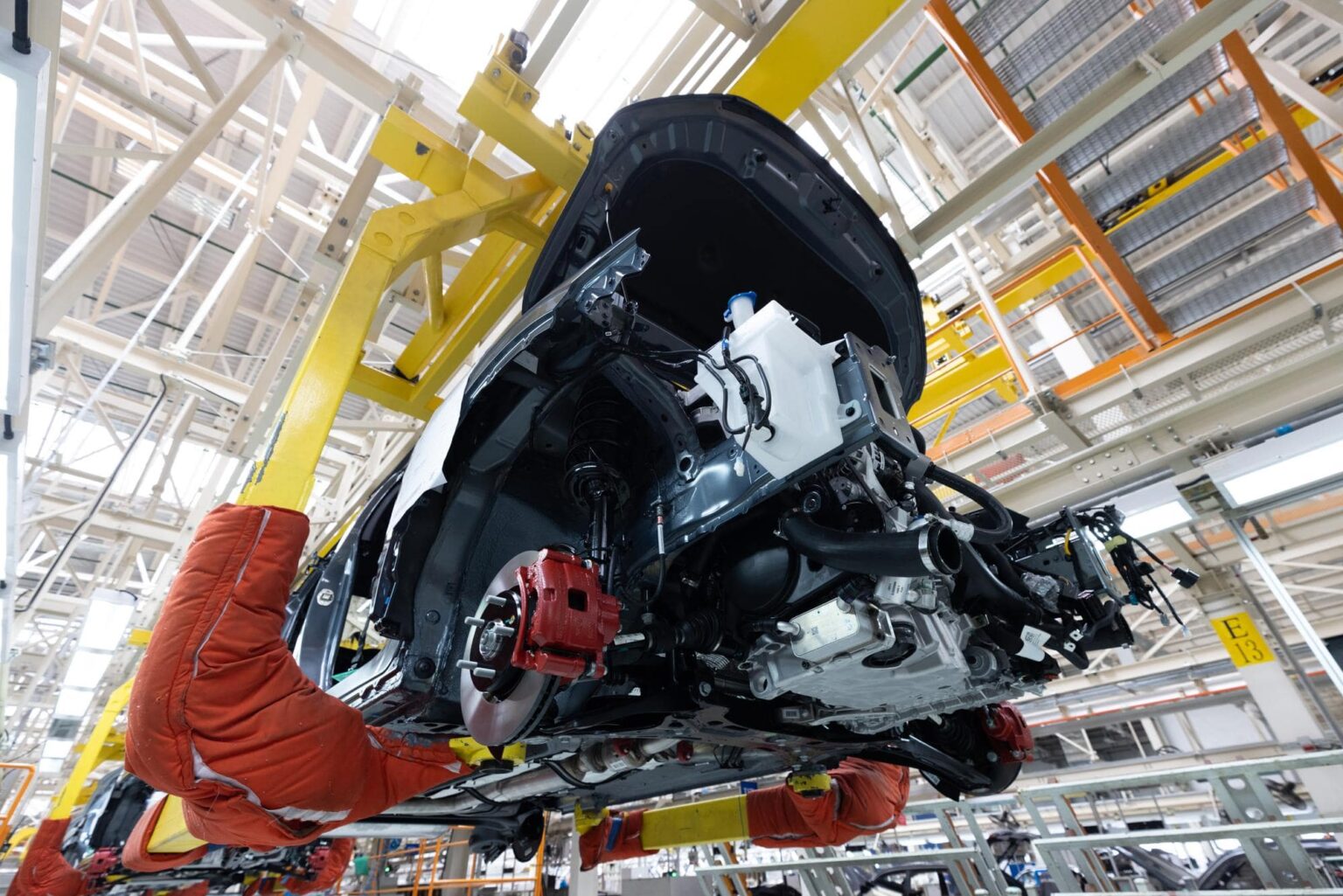Advanced robotics and automation play a crucial role in aerospace manufacturing, enabling increased productivity, precision, and efficiency in various processes. Here are some key areas where advanced robotics and automation are utilized in aerospace manufacturing:
- Assembly: Robots are employed in the assembly of complex aerospace components and structures. These robots can perform repetitive tasks with high accuracy and speed, ensuring consistent quality while reducing human error. They are capable of handling delicate and intricate operations, such as riveting, fastening, and sealing.
- Machining: Robotic machining systems are used to shape and finish aerospace components. These robots can perform milling, drilling, grinding, and other machining operations with precision and repeatability. Advanced sensing and control technologies enable the robots to adapt to varying material properties and maintain tight tolerances.
- Composite Manufacturing: Composite materials are increasingly used in aerospace manufacturing due to their high strength-to-weight ratio. Robots are employed in various stages of composite manufacturing, including layup, cutting, and curing. They can precisely position and manipulate composite materials, ensuring optimal fiber alignment and minimizing waste.
- Inspection and Quality Control: Robotics and automation systems are utilized for inspecting aerospace components to ensure quality and detect defects. Robots equipped with advanced sensors, such as vision systems and non-destructive testing (NDT) techniques, can perform thorough inspections at high speeds, reducing the time and effort required for manual inspection.
- Material Handling and Logistics: Automated guided vehicles (AGVs) and robotic arms are employed for material handling and logistics tasks in aerospace manufacturing facilities. They can transport heavy components, load and unload materials, and optimize the movement of parts within the production line, reducing human effort and increasing overall efficiency.
- Welding and Joining: Robots are extensively used for welding and joining operations in aerospace manufacturing. They can perform precise and consistent welds on complex structures, ensuring strong and reliable bonds. Advanced robotic welding systems often incorporate vision guidance and adaptive control to compensate for variations in joint geometry and material properties.
- Testing and Simulation: Robotics and automation systems are utilized for testing aerospace components and systems. Robots can simulate extreme environmental conditions, such as temperature, pressure, and vibration, to assess the performance and durability of aerospace products. Automated testing procedures help in reducing testing time and ensuring consistent and reliable results.
The integration of advanced robotics and automation in aerospace manufacturing brings numerous benefits, including increased productivity, improved quality, enhanced worker safety, reduced cycle times, and cost savings. It allows aerospace manufacturers to meet the stringent requirements and complex geometries demanded by modern aircraft while maintaining high standards of precision and efficiency.



